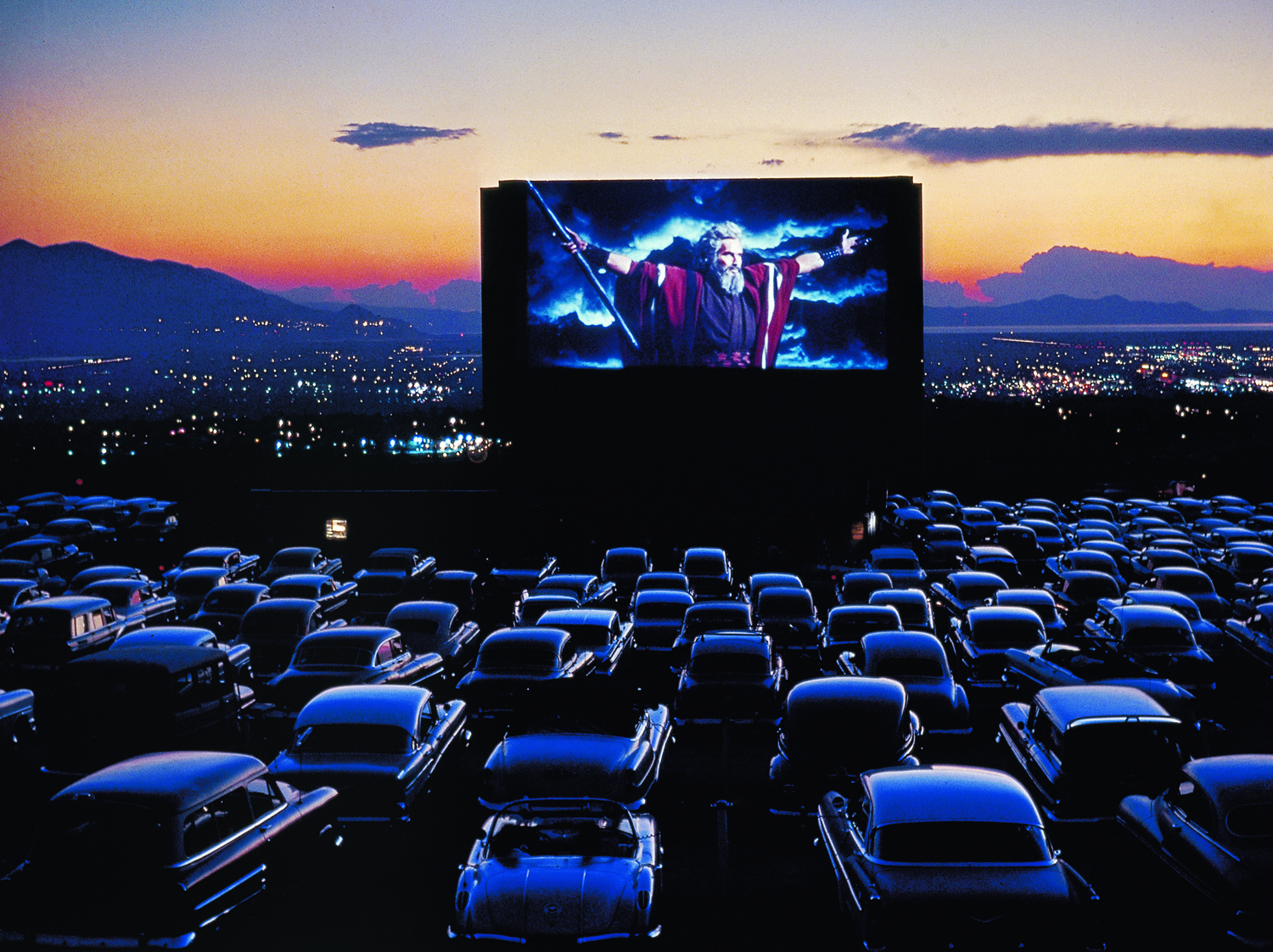
In July 1895, two aptly named Frenchmen, the Lumière brothers, presented to a group of scientists the latest innovations in the burgeoning field of film technology. It was not, as some have argued, history’s first film screening: that landmark event took place either in March 1895 (if one considers an informal unveiling of Louis and Auguste Lumière’s new invention, the film projector, to be a legitimate “first”) or December 28, 1895, when the brothers held what is generally acknowledged as the world’s first-ever commercial movie screening in Paris.
However one marks the advent of film and the creation of what would become, for most of the 20th century, the globe’s dominant form of mass entertainment, it’s eminently clear that sitting in the dark with strangers, watching images flicker on a screen, is one old-fashioned leisure activity that’s unlikely to vanish anytime soon—if ever.
Of course, thanks to the ongoing, still-intensifying digital revolution, today there is an absolutely dizzying array of devices and methods by which fans can “consume” films. And yet millions upon millions of people around the globe still file into neighborhood cinemas, mall-based multiplexes, comfortably seedy rep houses and (usually even seedier) drive-in theaters to engage in the unique, harmless pleasure of going to the movies.
Despite how familiar and recognizably universal an experience it might be, however, it turns out that it’s remarkably difficult to really capture in a single, still photograph what it feels like to go to the moving pictures. Difficult, but not impossible; after all, entire books have been published celebrating the near-primal thrill of moviegoing—of watching those flickering, totemic images pass before our eyes—and more than a few of those books feature at least some pictures that are meant to capture or at least partially convey the sensation.
But in order to actually evince the sense of wonder that so many of us still embrace (or strive to embrace) when the lights go down and the screen lights up, it takes a rare talent and a singular, sensitive eye. LIFE photographer J.R. Eyerman had just that sort of talent and exactly that sort of eye, and his classic shot of a Salt Lake City drive-in theater showing The Ten Commandments in 1958 says as much about the movies—and movie audiences—as any photograph ever made.
There, larger than life, is Charlton Heston as Moses, arms outstretched, looming over what appears to be, if one looks at it just right, a congregation of rapt, immobile automobiles at prayer. A wonderfully wry take on the unsettling power of pop culture, Eyerman’s picture is also, quite simply, an unforgettable photo.
[See the gallery, “The Best of LIFE: 37 Years in Pictures”]
Ultimately, though, the real strength of the image resides in our recognition that Eyerman has not entirely excluded himself from the scene—nor has he forgotten about us. We are all, the picture suggests, looking at the very same thing: an iconic, enormously dramatic scene from a classic, unapologetically epic film—and if we’re true, diehard movie fans, even if we’ve seen the film before, we’ll find ourselves holding our breath, collectively transfixed, thrilled by the story unfolding before us, eager to see what happens next.
Ben Cosgrove is the Editor of LIFE.com

More Must-Reads from TIME
- Donald Trump Is TIME's 2024 Person of the Year
- Why We Chose Trump as Person of the Year
- Is Intermittent Fasting Good or Bad for You?
- The 100 Must-Read Books of 2024
- The 20 Best Christmas TV Episodes
- Column: If Optimism Feels Ridiculous Now, Try Hope
- The Future of Climate Action Is Trade Policy
- Merle Bombardieri Is Helping People Make the Baby Decision
Contact us at letters@time.com